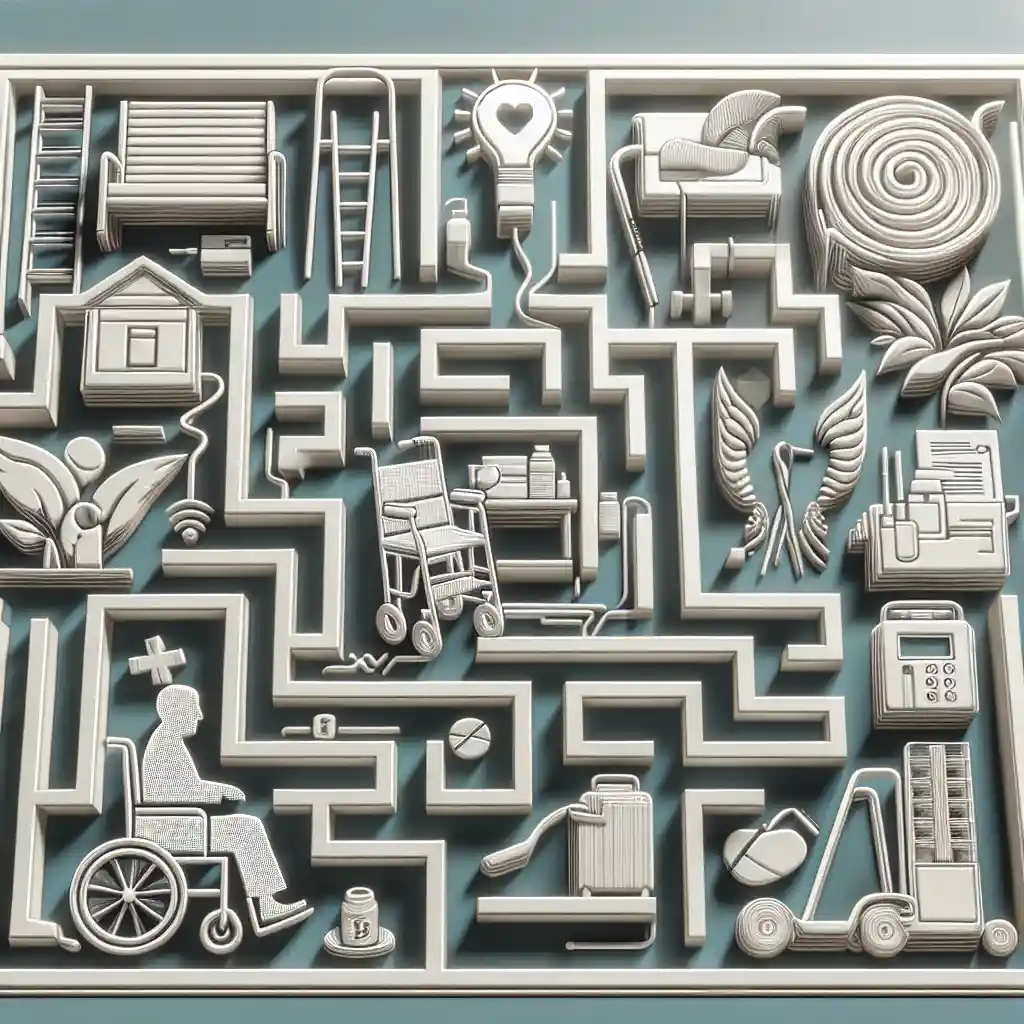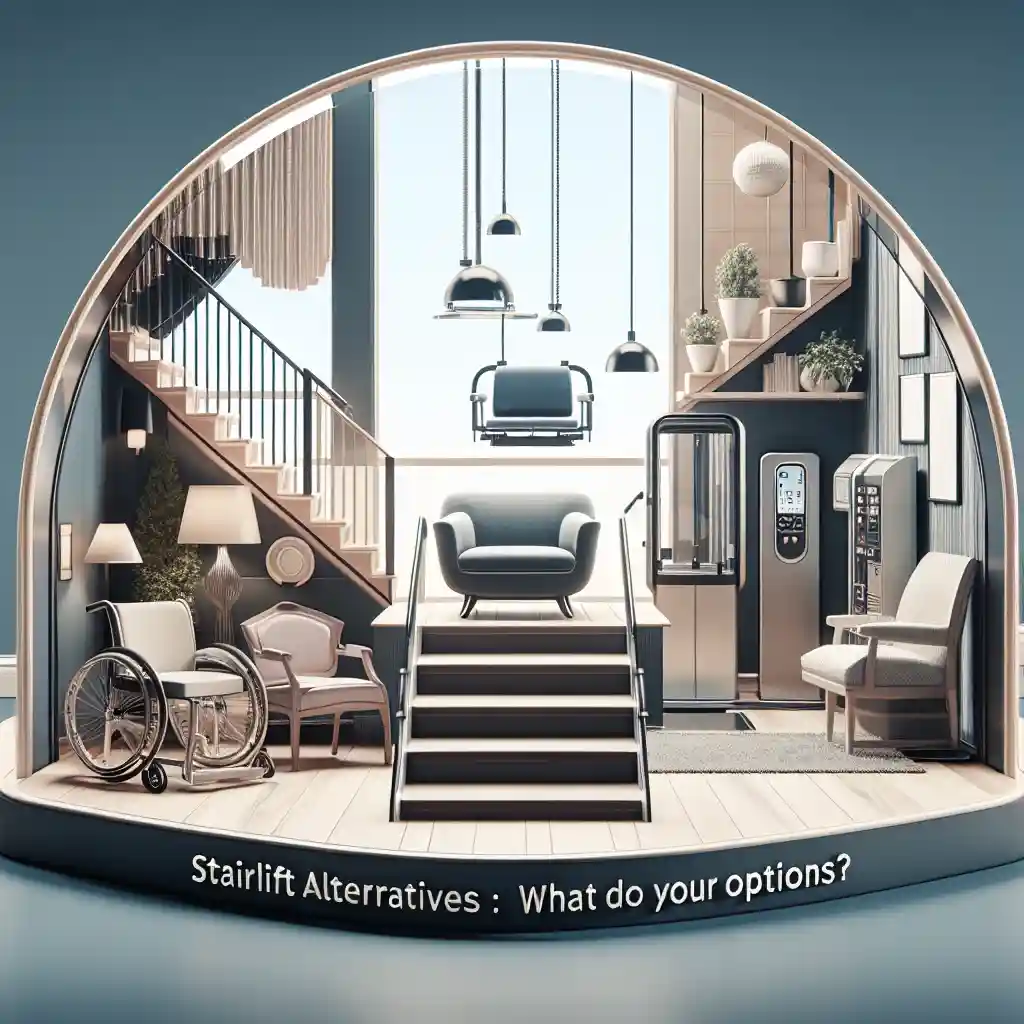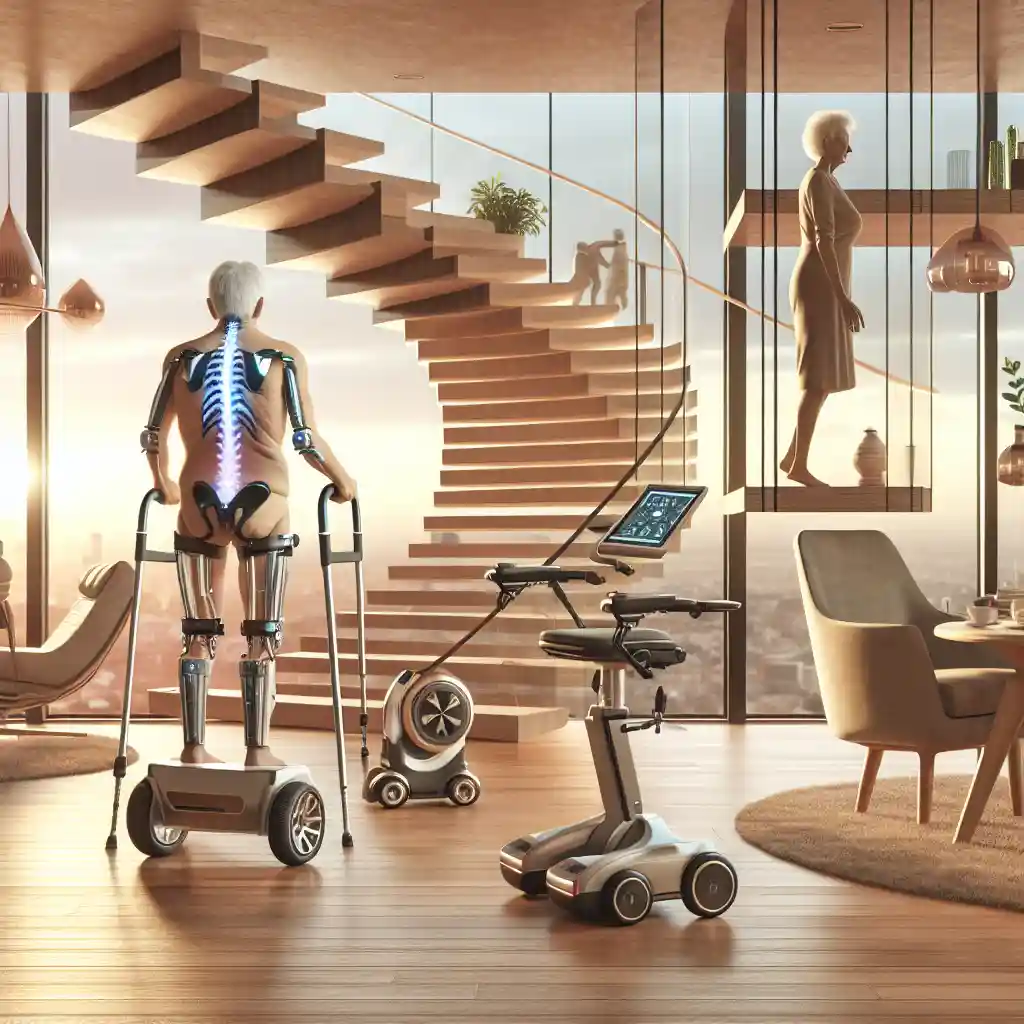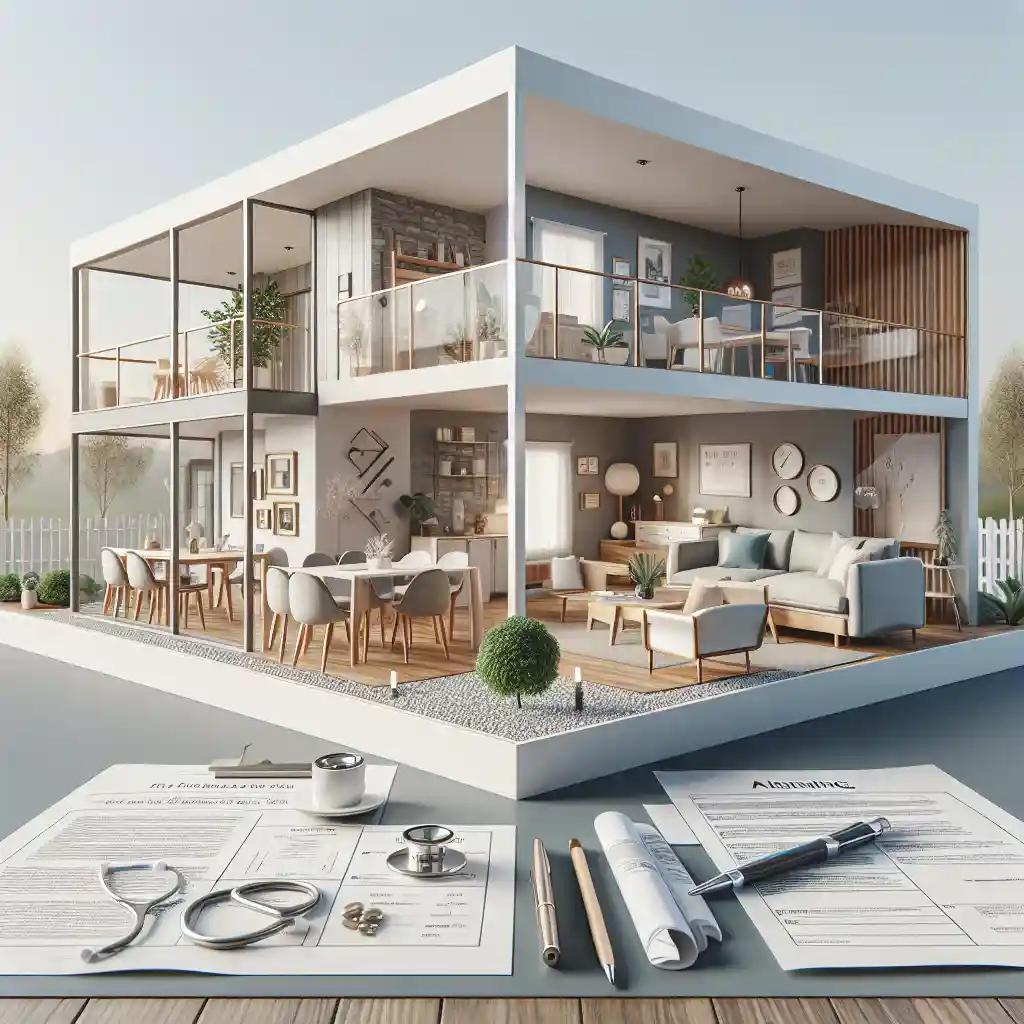The Importance of Accessibility in Senior Housing: A Complete Guide
When it comes to senior housing, accessibility is a crucial factor that directly impacts the quality of life for elderly residents. Aging-friendly homes with suitable elderly accommodation features can greatly improve the overall well-being and independence of seniors. In this guide, we will delve into the significance of senior housing accessibility and explore the various elements that contribute to creating senior-friendly environments.

Creating a Safe Environment
Ensuring safety is paramount when designing senior housing facilities. In-home accessibility aids such as grab bars in bathrooms and stairlifts can prevent accidents and provide peace of mind for elderly residents. Additionally, well-lit pathways and non-slip flooring can enhance mobility and reduce the risk of falls, which are common among seniors.
Promoting Independence and Comfort
Senior-friendly environments are designed to promote independence and comfort for elderly residents. Incorporating features like lever door handles, adjustable countertops, and walk-in showers can make daily tasks easier for seniors with mobility issues. By creating a comfortable living space that accommodates their needs, seniors can maintain their autonomy and quality of life.
Enhancing Social Interaction
Accessibility in senior housing goes beyond physical accommodations—it also includes creating opportunities for social interaction. Common areas such as community lounges and gardens provide spaces for seniors to socialize and engage with their peers. This sense of community fosters emotional well-being and prevents feelings of isolation often experienced by older individuals.
Access to Healthcare Services
Senior housing with proper accessibility features ensures that residents have convenient access to healthcare services. On-site medical facilities or easy transportation to medical appointments can help seniors manage their health effectively. Additionally, incorporating emergency call systems can provide a sense of security and prompt assistance when needed.
Supporting Aging in Place
Aging in place is a growing trend where seniors choose to remain in their own residences as they age. By implementing accessibility features in senior housing, such as wider doorways for wheelchair access and smart home technology for convenience, older adults can maintain their independence and stay in familiar surroundings. This not only improves their quality of life but also reduces the need for costly institutional care.
In conclusion, senior housing accessibility plays a crucial role in providing a safe, comfortable, and supportive environment for elderly residents. By prioritizing accessibility features and creating aging-friendly homes, we can ensure that seniors are able to age gracefully while maintaining their independence and well-being. It is essential for society to recognize the importance of senior housing accessibility and strive to build inclusive communities that cater to the needs of older adults.








